Attributes of PVC Decorative Films with and without UV Coating
Attributes of PVC Decorative Films have become indispensable in a variety of sectors, offering adaptable, cost-effective options for increasing aesthetic appeal in interior design, furniture production, and architectural applications. These films are praised for their ability to replicate a variety of textures and patterns. With technological breakthroughs, the use of UV treatment has substantially improved the performance characteristics of PVC films. This article examines the differences between PVC ornamental films with and without UV treatment, with a special emphasis on hardness and scratch resistance.
Understanding UV Coating for PVC Decorative Films
What is UV coating?
The UV coating technique includes putting a thin layer of polymeric material on PVC ornamental films, which is then cured using ultraviolet light. This quick curing process creates a solid, protective surface that clings perfectly to the PVC substrate, improving the film’s overall performance.
UV treatment improves the aesthetic appeal of PVC films by increasing color vibrancy and clarity. The cured coating produces a shiny finish that closely resembles the appearance and feel of real materials, making it ideal for complex patterns.
Increased longevity and durability: The UV coating protects against environmental elements such as UV radiation, moisture, and abrasion. This enhanced resilience guarantees that PVC films retain their visual integrity and structural strength over time, making them perfect for use in high-traffic areas.

Hardness of PVC Decorative Films
Definition of Hardness
Hardness in PVC materials refers to the film’s resistance to indentation or penetration. This attribute is critical since it determines the film’s capacity to withstand external pressures and impacts. Hardness is tested on established scales, providing a quantitative indicator for evaluating robustness.
Impact Resistance
The hardness of PVC ornamental films is strongly related to their impact resistance. A tougher surface is often more resistant to scratches and dents, making it an important consideration for applications such as flooring and furniture.
Comparative Analysis of UV-Coated and Non-UV-Coated PVC Films
When comparing UV-coated with non-UV-coated PVC sheets, the hardness difference is substantial. UV-coated films have enhanced hardness owing to the curing process, which improves impact resistance. In contrast, non-UV-coated films may have reduced hardness, making them more prone to scratches and indentations over time.
How UV Coating Affects Hardness
The UV coating procedure increases the toughness of PVC films by forming a strong surface layer during quick curing. Chemical crosslinking increases molecule density, resulting in a tougher
The UV coating technique hardens PVC sheets by rapidly curing a tough surface layer. Chemical cross-linking enhances molecular density, resulting in a stronger and more durable outer layer than non-UV-coated films.
Testing Procedures
Standardized testing procedures, such as the Shore hardness test, quantify the material’s resistance to indentation. A higher Shore hardness rating indicates greater penetration resistance. Nanoindentation techniques give extensive insights into the film’s microhardness.
Scratch Resistance of PVC Films
The significance of scratch resistance.
Scratch resistance is critical in ornamental applications where a flawless look is needed. Whether applied to furniture or wall coverings, the ability to withstand scratches guarantees that the visual appeal lasts.
Issues with Non-UV-Coated PVC Films
Non-UV-coated PVC films are more prone to scratches, which can reduce visual quality over time. Everyday activities can cause noticeable surface deterioration, which is a serious constraint in applications requiring a perfect look.
Increasing Scratch Resistance with UV Coating
UV coating creates a protective layer that serves as a barrier to abrasive forces. This layer not only increases hardness, but it also greatly minimizes the danger of scratches and surface damage, resulting in better scratch resistance in UV-coated films.
Comparative Study: Hardness Differences Between UV-Coated and Non-UV-Coated PVC Films.
Hardness disparities
In comparable investigations, UV-coated films regularly show greater hardness levels, which translates to better impact resistance. This makes UV-coated PVC sheets more resistant to everyday wear and tear than their non-UV-coated equivalents.
Scratch Resistance Performance
UV-coated films provide exceptional scratch resistance because to the protective layer generated during the curing process. This durable barrier reduces the impact of abrasions, resulting in a longer-lasting, visually beautiful surface.
Real-world Applications and Recommendations
The choice between UV-coated and non-UV-coated PVC films is determined by the project’s unique requirements. UV-coated films are the superior solution for high-traffic areas or mechanically stressed situations because of their increased hardness and scratch resistance. UV-coated films provide considerable durability benefits to industries such as flooring and furniture manufacture, while non-UV-coated films may serve for less demanding applications.
Finally, selecting the appropriate PVC film should be based on a thorough assessment of project requirements, taking into account elements such as hardness, scratch resistance, cost, and design preferences.
Conclusion
In conclusion, UV-coated and non-UV-coated PVC ornamental films exhibit considerable variations in hardness and scratch resistance. UV-coated films provide increased durability and aesthetic resilience, making them an appealing option for applications needing both endurance and visual appeal. As technology improves, UV-coated PVC decorative films will play an increasingly important part in modern design and construction, boosting their significance in a variety of sectors.
If you need specific information or assistance, let me know!







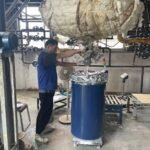

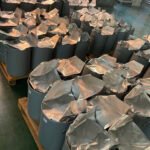
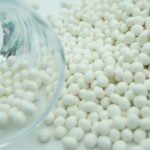




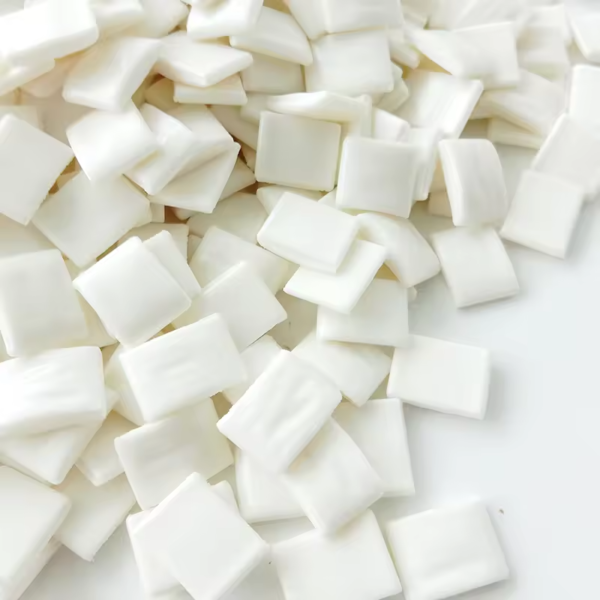



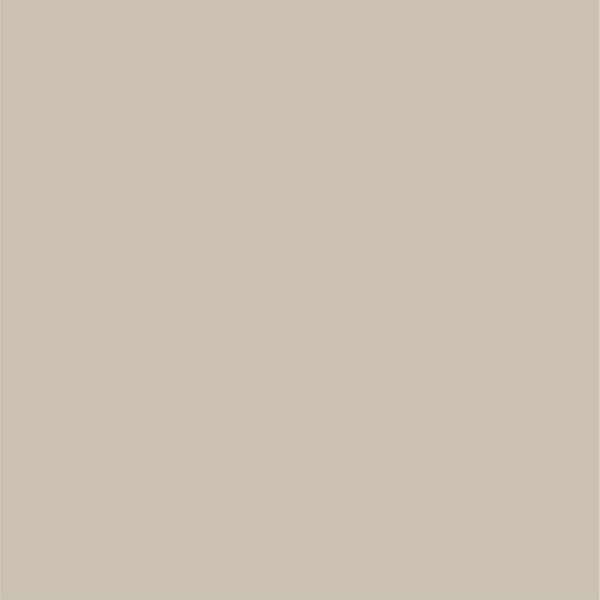
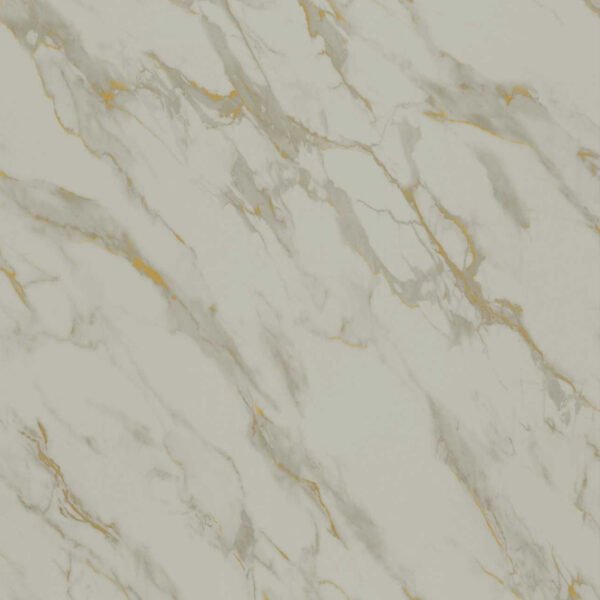




Leave a Reply